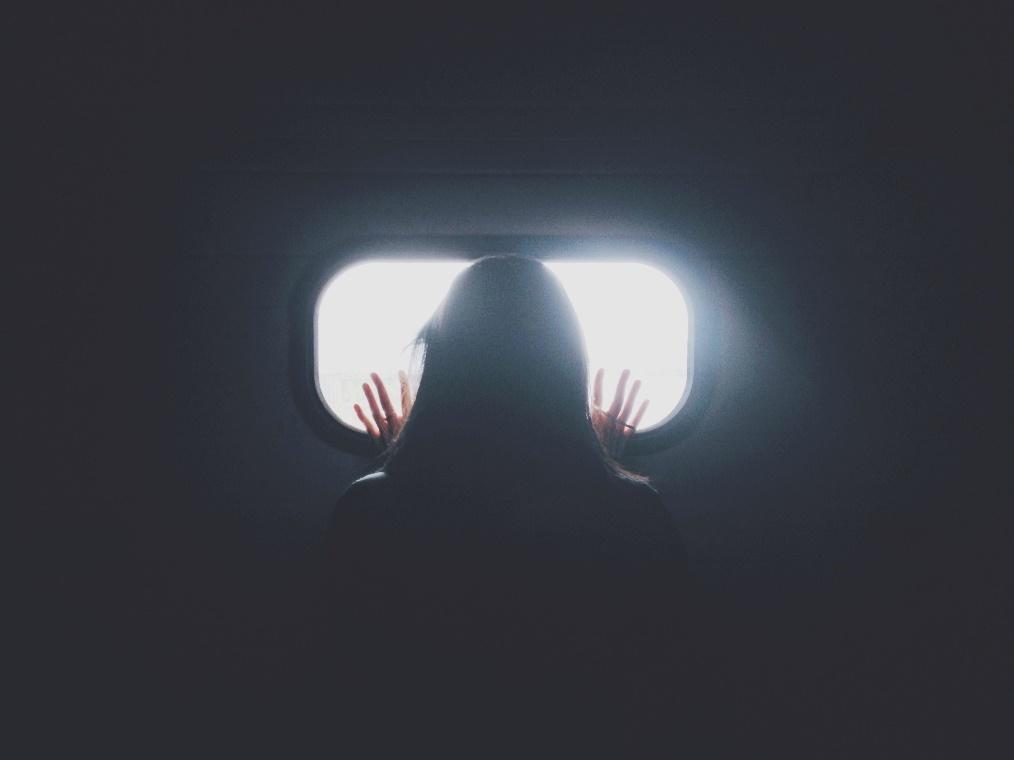What is mixed reality?
Imagine, if I could bring ‘Himalayas’ to my classrooms and allow students to walk around these mountains under the cold weather conditions.
What understanding would such classrooms bring to my students?
Yes! It is ‘million-dollar’ experience.
Bringing the world with its characteristic features to your classrooms is what ‘mixed reality’ is all about. The virtual room in the movie ‘Spy Kids’ gives ‘Juni’ a real feel of floating in the clouds. Holograms as used in ‘Iron Man 2’ gives a perfect understanding of the working of machines and trouble shooting. The immense sense of wonder and delight attached with such scenarios are really addicting. When such rooms are designed in schools it gives a wide potential for learning in a potentially safe environment.
Learning is more realistic in such scenarios. Some examples of such simple scenarios applied to our classrooms are as follows
- The vast emptiness of our universe is not something that we see in a planetarium, with technology these can be brought into the classrooms to give an estimate about the size, distance of planets and to understand the patterns and possibility of life in them.
- The turmoil and pain of war, traumatic people, display of emotions, inner conflicts among those in war help to teach empathy, interpersonal relations, socio-emotional thinking becomes a wider possibility in such classrooms. This definitely provides an appreciation for peace.
- Physics labs which generally require lot of space and money on instrumentation can allow a safe experimentation with variables without damage to instruments.
- Chemical reactions, both hazardous and time-delayed, when conducted in safe and speedy environment provides a better understanding of reaction types and possibilities.
- Geological vulnerable places and incidents and natural calamities which generally are dangerous can be shown to help understand its severity and realise the importance of sustainable development
With the world moving from an industrial to an information era, it becomes more applicable to save time and understand the different dimensions within the framework of curriculum designed for SDGs 2030.
Larger focus on STEM (now STEAM) and rapid development on Artificial Intelligence (AI) is now making such learning a possibility. One such teacher-oriented hologram-based classroom is given here
The concept is about converting the entire class rather than session handled by the teacher as given here. The expertise and experience of ‘Visible thinking’ can be made possible through these technological applications in classrooms. The provision for making mistakes during the learning process, collaborating, sharing and repeating the same experiment for better understanding can be made possible through this technology.
This field of mixed reality is not only meant to touch the field of school education, but also engineering and medical education. Introspecting within machineries or a human body to pinpoint the area of defect/ problem has been long sort after (as shown by ‘Tony Stark’). Imagine the possibility of showing the students the interior design and make of engines and machines to locate defects within. Process and procedural blocks of various body mechanisms and infections can be studied to the accurate location through this process.
The impact of such classrooms on the learning processes is unfathomable. The key aspect that educationists have to assimilate is that this technology encompasses – auditory, visual and kinesthetic experiences. This technology has the ability to provide a 360-degree learning experience related to the topic at hand. After all, today’s education is learner-centered rather than teacher-centered and what best means rather than mixed reality to provide an engaging classroom.
